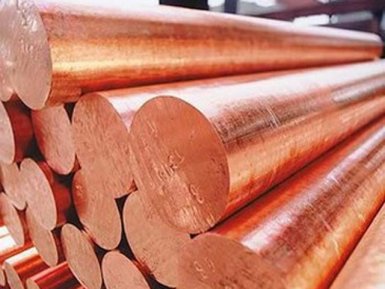Application of tin

Are you interested in the application of tin from the supplier company AvecGlob? Here you will find the necessary information on this topic.
Production of sheet metal
The main use of tin is the production of a tin plate (tin coated steel sheet), which accounts for about 40% of the total consumption of tin in the world. The nominal thickness of the tin coating for uniformly coated tin varies from 0.38 to 1.54 microns on each surface. A thicker coating on the sheet metal rarely exceeds 2.0 μm.
Packaging
More than 90% of the world’s tinplate production is used for containers (cans). Tin cans are used for packaging food, beer and soft drinks, but are also used to store paint, motor oil, disinfectants, detergents and polishing compounds.
Decorative applications
Other applications of tinplate include the manufacture of badges, batteries, toys, pads for pharmaceuticals, cosmetics, fuel, tobacco and many other products.
Electroplating
Electroplating takes into account one of the main uses of tin and its alloys. Tin is used in anodes, and tin chemicals are used to prepare various electrolytes for coating different products. The most effective for this purpose is sodium or potassium in alkaline tin-containing electrolytes.
Supplier — AvekGlob Company — offers various types of products from tin of domestic and foreign production, which meets the requirements of standards. The products are offered at affordable prices from the manufacturer. The supplier guarantees the timely delivery of products to any address specified by the consumer.
Soldering processes
Tin-containing solders include the second largest use of tin (after tin). Tin is an important component in solders, because it wets and adheres to many common base metals at temperatures well below their melting point. Tin is usually doped with lead to produce solders with a melting point lower than that of tin or lead.
These solders can be used for compounds subject to high or even negative temperatures.
Compositions of tin-containing solders for use in soldered joints are diverse. Industrially clean tin is used for soldering side seams of cans for special food products and aerosol aerosols. In the electronics and electrical industries, brazing alloys containing 40 to 70% tin are used, which provide reliable and reliable connections under various environmental conditions. Solders for general use (50Sn-50Pb and 40Sn-60Pb) are used for lighting, plumbing and sheet metal applications. Tin solders (20 to 35% Sn, Pb residue) are used in connecting cables and in the production of automotive radiators and heat exchangers. Tin solders are also used to fill cracks in seams and weld seams in automotive parts, thus ensuring smooth joints and contours.
Solders containing about 2% tin (residual lead) are used for the side seams of cylinders to provide sealed seals. Tin-zinc solders are used for joining aluminum, while tin-antimony and tin-silver solders are used in applications requiring joints with high creep resistance.
Supplier — AvekGlob Company — offers to purchase tin in a wide range of profiles and technological applications. Products can be bought at a price formed on the basis of European and world standards. Implementation is possible in bulk and retail, for regular customers, a flexible system of discounts operates.


